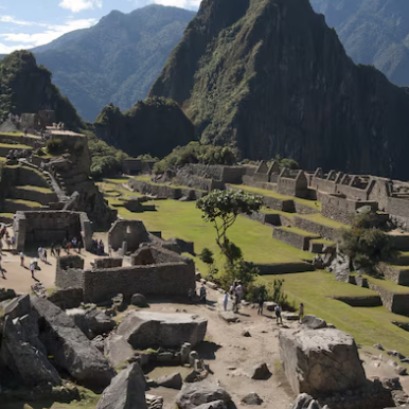
Kiri, un árbol mágico
La naturaleza nunca deja de sorprendernos con sus maravillosas creaciones
La naturaleza nunca deja de sorprendernos con sus maravillosas creaciones, por eso hoy te presentamos un árbol que es excepcional: la Paulownia Tomentosa, conocido como Kiri o Arbol Emperatriz, al que también podría bautizarse como “El Arbol Mágico”. ¿Por qué te decimos esto? El Kiri absorbe más dióxido de carbono que cualquier otro árbol, emite grandes cantidades de oxígeno, sus gruesas y profundas raíces salvan de la erosión los suelos, sobrevive al fuego (debido a su capacidad de regenera las raíces), vive hasta 100 años y retoña hasta 5 veces del mismo tronco. Además, tiene la velocidad de crecimiento más elevadas del Reino Vegetal: en un año crece cuatro metros y medio.

IT MAY INTEREST YOU
 The South American country that changes construction thanks to an ancient, mega-resistant material: more than steel
The South American country that changes construction thanks to an ancient, mega-resistant material: more than steel
This material that grows in South America creates the most resistant constructions and radically changes the world of architecture One particular building material has been used for millennia by various cultures in South America. This is due to its structural resistance that allows the creation of homes, bridges and shelters. Its archaeological presence shows that it was one of the most valued construction resources in seismic and humid areas.
 Native forest | In Misiones, controls are tightened on routes for illegal transport of native wood, logging of forests without permits and fraudulent digital guides
Native forest | In Misiones, controls are tightened on routes for illegal transport of native wood, logging of forests without permits and fraudulent digital guides
Informality in forestry activity in Misiones was once again evident, the culture of operating illegally is a historical problem, and the Ministry of Ecology and Renewable Natural Resources carries out the corresponding control and inspection operations in the regulation of productive activity and sustainable management for the use of native forests.
 Reforestation advances in the Historic Sanctuary of Machu Picchu with new restored hectares
Reforestation advances in the Historic Sanctuary of Machu Picchu with new restored hectares
The plan includes the planting of a thousand new trees in the sanctuary, in response to the damage caused by forest fires and environmental threats, with the support of local authorities and representatives of the tourism sector.





















